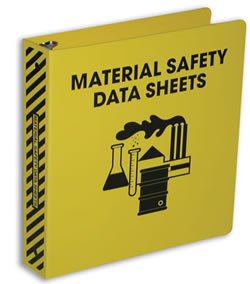Introduction To Right To Know/Hazard Communication
- RTK
- HazCom
2.
You may optionally provide this to label your report, leaderboard, or certificate.
×
Thank you for your feedback!
















